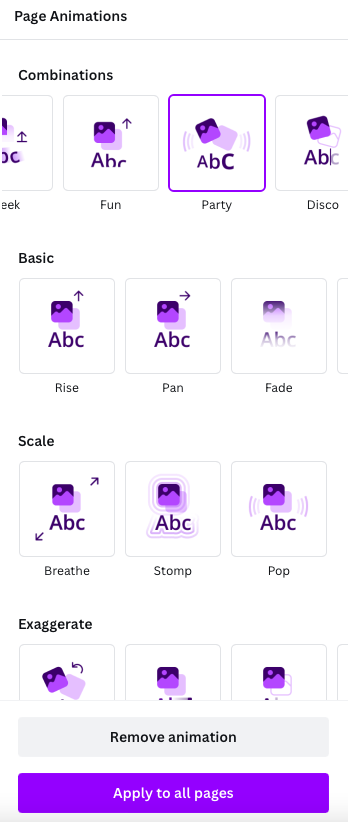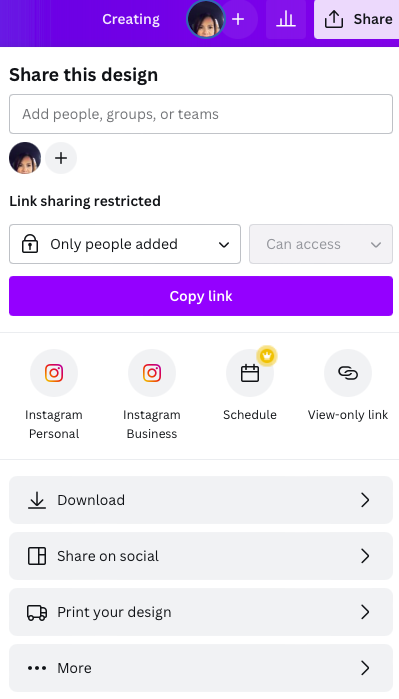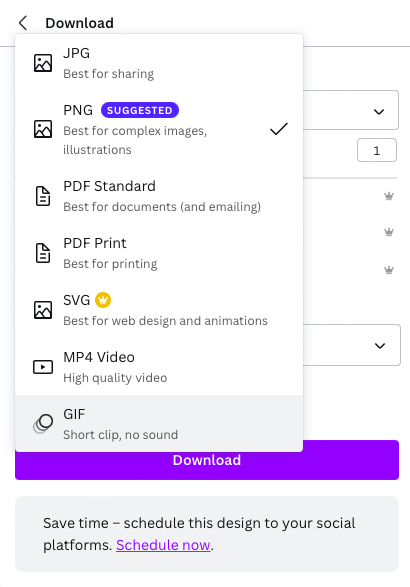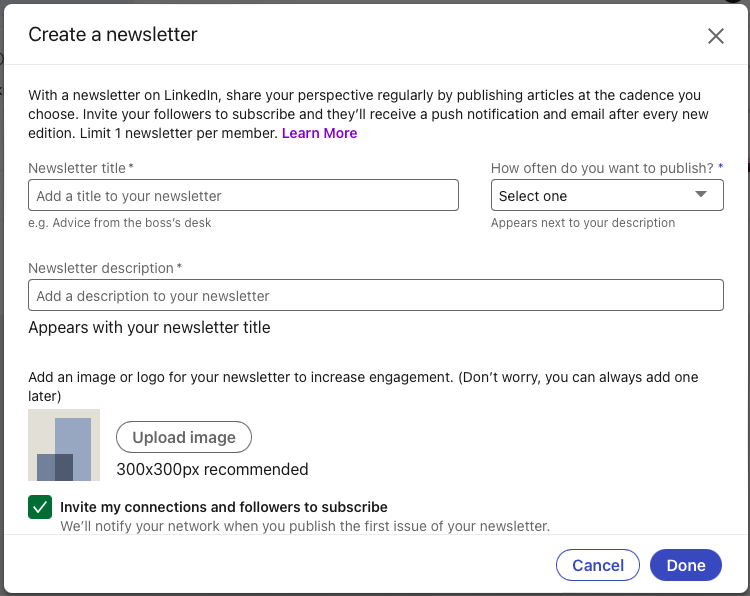
by Anne Clark | Oct 1, 2022 | Business, Online Business Manager
If you’re a small business owner, you probably don’t want to feel like a slave to your company. You want to be able to take vacations, spend time with your family and even take an occasional all-nighter on the couch when necessary (like, um… never). Virtual assistants can help make that possible by handling some of the tasks that keep you chained to your desk. The problem is that VAs often have limited knowledge of how other departments work together in order to create results for customers. On top of that, their expertise is usually limited by what they’ve learned working as an employee rather than as a manager or project manager in their own right.
Virtual assistants are great for handling lower-level tasks, such as data entry and answering emails. OBM’s handle more complex tasks, and offer strategic support to increase your productivity, drive revenue goals and elevate your business.
Virtual assistants are great for handling lower-level tasks, such as data entry and answering emails. OBM’s handle more complex tasks, and offer strategic support to increase your productivity, drive revenue goals and elevate your business.
You may not need an OBM if you only have a one or two employees working for you in your company. However, if you have multiple employees or a large team working together remotely or in different locations throughout the world then having someone at the helm who can help manage those projects is essential.
While a virtual assistant is a time-saver for small businesses, an OBM will revolutionise the way you do business.
The difference between an OBM and a virtual assistant is that the former helps you grow your business, whereas the latter only assists you with basic tasks. An OBM will take on a broader scope of responsibilities than a VA, including:
- Managing your online presence by promoting your products and services on various social media platforms
- Optimising SEO for your website to help increase traffic and revenue
- Creating compelling content for blogs and other marketing materials (including social media posts)
- Working with designers to create custom graphics for each platform or campaign
The best way to find an OBM is through referrals from existing clients who are happy with their work. You can also ask industry leaders if they know any good candidates.
A virtual assistant costs less than hiring a full-time team member, but the quality of their work may vary depending on your VA’s experience and the amount of training you provide. On the other hand, OBM’s charge more per hour than VAs because they are trained to take over management of your entire business (or at least a significant portion of it) and have extensive experience across multiple projects.
A virtual assistant costs less than hiring a full-time team member, but the quality of their work may vary depending on your VA’s experience and the amount of training you provide. On the other hand, OBM’s charge more per hour than VAs because they are trained to take over management of your entire business (or at least a significant portion of it) and have extensive experience across multiple projects.
You can use VAs for simple tasks like responding to emails or scheduling meetings. But if your company is growing fast, it might be worth investing in an OBM so that they can handle more complex tasks like managing employees and strategic planning.
Virtual assistants often work as freelancers or in retail or customer service environments. As a result, they typically don’t have the experience required to understand how all the moving parts of your business fit together and impact day-to-day operations. However, an OBM has at least two years of experience in virtual business management or project management roles.
Virtual assistants often work as freelancers or in retail or customer service environments. As a result, they typically don’t have the experience required to understand how all the moving parts of your business fit together and impact day-to-day operations. However, an OBM has at least two years of experience in virtual business management or project management roles.
OBM services can help you streamline your workflow, eliminate time-consuming tasks, and manage projects more effectively—all while saving you money by freeing up your employees’ time for higher-value activities.
So, if you’re looking for an OBM, what should you keep in mind? The best way to find one is by asking for referrals from colleagues or friends who have worked with them in the past. You can also search online for companies that offer these services and ask them about their experience with OBM’s, as well as their pricing structure (which should be transparent!). If this sounds like something that could benefit your business and make life easier at home too? Then it might be worth taking a closer look!

by Anne Clark | Sep 26, 2022 | Business, Online Business Manager
As a business owner, you have to juggle multiple tasks and responsibilities. It can be hard to balance all of that with running a business. That’s when hiring an online business manager comes in handy. Here are some of the benefits:
More Focus on the Important Stuff
The biggest benefit of hiring an Online Business Manager is that you get to focus on the important stuff. You’re not worrying about keeping your social media up-to-date, sending out emails and newsletters, or any of the other tasks that would otherwise take away from your time. Your manager is taking care of all those things while you do what you do best: serving customers and growing your business.
Knowledge of What’s Happening in Your Business
You may be the best at what you do, but life is short. There are many things to do, and not enough time in the day to do them all. By hiring an online business manager, you can focus on what matters most—the big picture stuff—and know that your team is taking care of everything else for you.
Your online business manager will make sure that your product or service is fulfilling its purpose and reaching its audience by:
- Researching market trends
- Making recommendations for content strategy
- Building a strong marketing campaign
A Personal Motivator
A good business manager will be a personal motivator. They’ll motivate you to do the things you need to do, make sure you are on track to reach your goals and keep you accountable for your actions.
This is especially important if you are a person who tends to procrastinate or let yourself get distracted by other things in life (i.e., Netflix). If that sounds like something that describes you, then this is definitely a benefit of hiring an online business manager!
As a business owner, it is crucial to have the right assistance to help you build your business.
As a business owner, it is crucial to have the right assistance to help you build your business. As your business grows, so do the tasks and responsibilities that come with it. If you want to be successful and reach your goals, then you need to know what’s best for your business and how else it can benefit from this kind of help.
The most common reason why people hire an online business manager (OBM) is because they have too many things going on in their lives; be it family or other personal commitments, they simply don’t have time for everything that needs done for their company. An OBM will ensure everything goes smoothly and efficiently without having any issues arise due to negligence or lack of knowledge about certain aspects of running a company online or offline.”
It’s not just about saving time and money. It’s about being able to focus your efforts on the important stuff and make sure that everything is running smoothly. You can have all the time in the world but if you don’t know what to do with it then it will be wasted anyway.

by Anne Clark | Sep 21, 2022 | Business
Social media has become as commonplace a part of our lives as the internet itself. It’s also a powerful tool that can help you build relationships with your customers, increase your visibility and even garner new customers. So why not use social media to its full potential? Here are just some of the ways that using social media can benefit your business:
Social media gives you a website presence.
Social media is a website of sorts. It’s the place where your customers hang out, and it can be used as part of your marketing strategy to promote your website. You can use social media to generate traffic for your site, which means that people are coming back more frequently and spending more time on it.
If you have an active business page on Facebook or LinkedIn, you will be able to stay connected with customers who want more information about what you offer and how they can work with you in some capacity. They may also share links from their own websites that lead back to yours if they like the content enough!
Social media increases your visibility.
Social media increases your visibility. Your audience can find you easily, which will help you get more business, sales and leads in the long run. You’ll also be able to reach a wider audience that you might not have reached otherwise.
Social media offers a way to target an audience more effectively.
Social media offers a way to target an audience more effectively.
You can target by age, gender and location; you can also target people by job title, company size and industry. The best part is that this type of targeting is usually free!
Social media gives you an opportunity to build relationships with your customers.
Social media gives you an opportunity to build relationships with your customers.
Social media allows you to respond to customer needs in real time, which can often be the difference between a happy customer and one who chooses to take their business elsewhere.
Social media keeps you one step ahead of the game.
Social media keeps you one step ahead of the game.
When you think about it, social media is a great way to stay on top of trends, be more responsive to customer needs, identify new markets and even find new suppliers.
If that weren’t enough, social media is also a great way to find new customers!
Use social media to engage and connect with your customers!
You can use social media to connect with customers and build relationships that last. Social media gives you the opportunity to interact with your customers in new ways, build trust, and enhance their experience of using your products or services.
Social media is a powerful tool for business. It can be used to reach out to customers, enhance your brand and build relationships with your audience. By staying up-to-date with the latest trends in social media, you put yourself one step ahead of your competition.

by Anne Clark | Sep 15, 2022 | Business, Digital Marketing
On September 14, 2022, Canva brought together its global community for Canva Create 2022: The Future is Visual.
What a fantastic and engaging event. The smallest details certainly made it fun, from the presenters where the colours to match the icon updates they were presenting.
The juicy stuff….
Here is what you can now also get in your Canva account, drum roll please …..
Canva Docs.
Say hello to a visual-first document creator that allows you to design docs supercharged with videos, images, graphics, charts, and graphs.
Website Creation
Create free one-page websites with Canva. Choose from free and paid domains, drag and drop content, and go live within moments.
Whiteboard collaboration
Brainstorm creative ideas and collaborate with teammates in real time. All Canva users and teams now have access to Whiteboards.
Video Background Remover
You can already do images, and now you can do videos! #squealwithexcitment No need for a green screen or advanced software – remove the background of any video with just one click.
Presentation Data Elevation
We’ve teamed up with data visualization tool, Flourish, to give you the ability to add interactive charts, maps, and stories to your Canva designs.
Print Catalog with a sustainability factor
We’re expanding our print catalog with more stationery, marketing materials, signage, and merch, so you can bring your brand to life on more products. Plus, for each print you order, we’ll plant one tree.

by Anne Clark | Jun 20, 2022 | Business, How To, Social Media
Log into your Canva account, if you haven’t got one, you can set up one up here.
Step 1.
Log into your Canva account
Step 2.
Create a new image (make it the size you need)

Step 3.
Add your content to the first 1 to 5 posts (depending on what you’re repeating)

Step 4.
Once you’ve created your posts, go into Grid View (you will find this icon at the bottom left-hand corner of your Canva desktop screen)

Step 5.
Copy your first set of slides, and paste them in at least 4 times.

Step 6.
Click into Slide 1 again. Choose the page animation button, choose the type of amination you want to use,

Reduce the animation time down to 5 seconds. Apply to all slides.

Step 7.
Go to your Share button (top right-hand corner)

Step 8.
Click on the Download button

Step 9.
Change the file type to gif and then click download.
You have now created your gif file, if you need to make adjustments, simply go back into your Canva file and make any necessary adjustments you want.

by Anne Clark | Jan 11, 2022 | Business, How To
Linkedin introduced in 2021 a new great function to create a newsletter to connect regularly with your target market and connections. In this article, I am going to step you through what to do and how to create a LinkedIn Newsletter.
Before you start crafting your newsletter, you need to activate your account to creative mode.
Setting your profile to creator mode
To activate your profile to Creator Mode.
To do this simply,
- Log in to your LinkedIn profile
- Click on your profile
- Scroll down to the Resources section
- You will see Creator Mode as the first option, click this to ON.
Setting up your Newsletter
Newsletters are created in LinkedIn via your Write Article post options.
When you are creating it the first time, you will need to set up your Newsletter first.
To do this,
- Go to your profile overview feed
- Click on Write Article
- You will see a button called ‘Create Newsletter’, click this button
- Create your Newsletter title (please note you can change this at any time)
- Select how often you will publish your newsletter.
- Add your newsletter description
- Upload an image for your newsletter (would recommend profile headshot for better audience connection)
- Make sure have ticked the box for Invite my connections and followers to subscribe, and
- Make sure you have ticked the box Subscribe me to my newsletter.
Writing your content
Now that your newsletter is set up, you can start writing your content. This is done through the Write article feature.
Now that your newsletter is set up, you can start writing your content. This is done through the Write article feature.
If you need to change your Newsletter name or image, when you click into the Write article section, you will see an editing pen and word so you can make the edits there.
Simply write your article as you desire. You can add images and also links.
Once completed, click Publish.
Alternating between your Articles and Newsletter feature
Now that you have set up your newsletter, does not mean you can’t write individual articles. When you go into your Write article section, you will see a button next to publish the will show your newsletter name, when you click it you can see a dropdown menu to select either ‘create an individual article’ or ‘newsletter’.
What happens after you publish?
Once you publish your newsletter, connections and followers will receive and notification of an invitation to subscribe. This is found under the Network section (same place as invitations to connect with people received). They will also be given the option to subscribe to your newsletter.
For clients I have helped launch their newsletters, we have hit over 100 subscribers in less than 1 day.
Need help?
Whether you are digitally challenged, or simply time-poor, please feel free to contact me to see how I can support you.



























